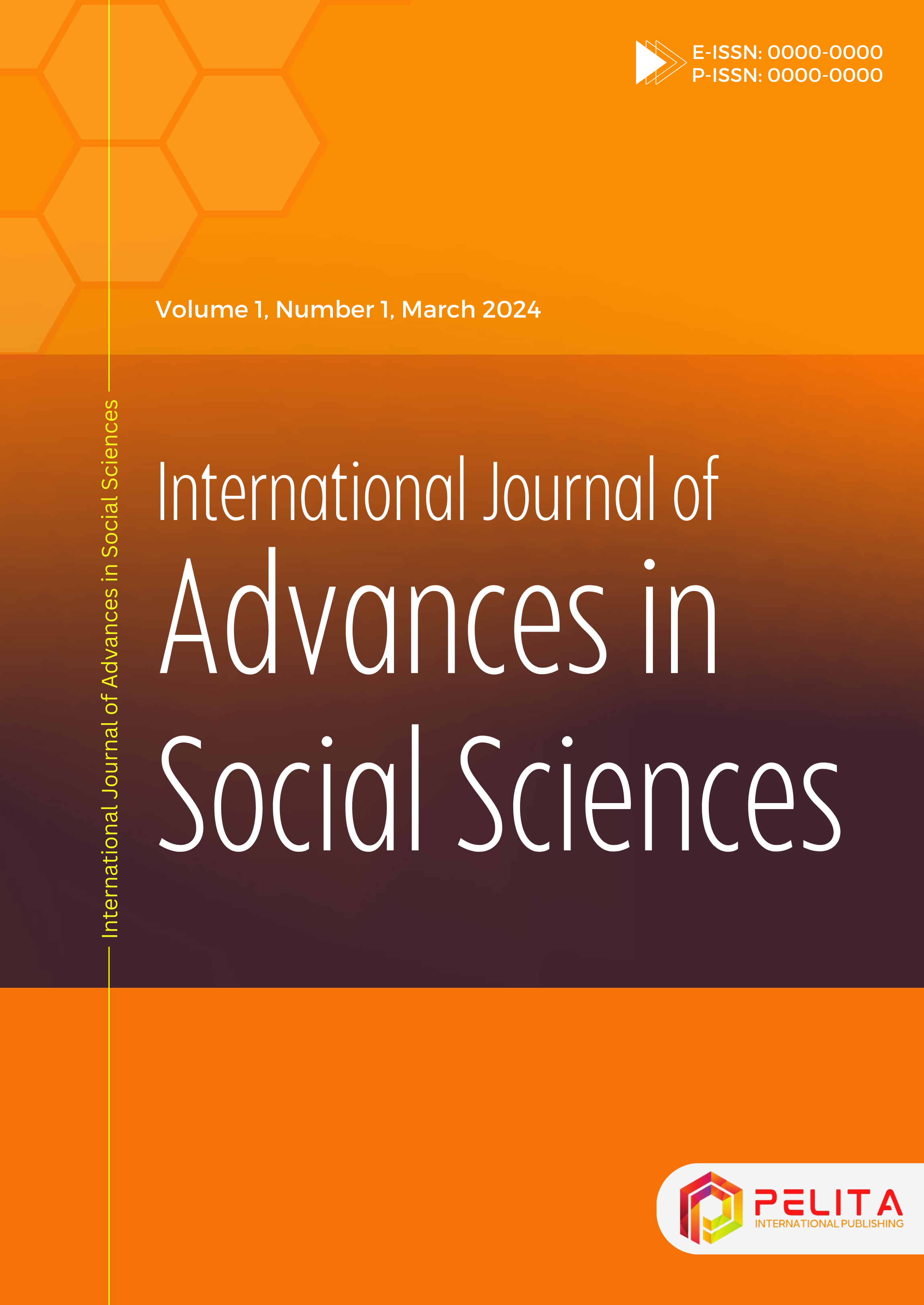
The impact of demographic variables on economic growth in North Sumatra, Indonesia
DOI:
10.62941/ijass.v1i1.5Downloads
Abstract
The relationship between demographic variables and economic growth has been studied extensively, revealing complex and varied interactions. This research aims to investigate the impact of demographic variables on economic growth in Dairi Regency, North Sumatra Province, Indonesia, during the period 2011-2022. We apply the multiple regression method to test its effect on economic growth. The research results show that population growth has a negative impact on economic growth. Meanwhile, the human development and labor force variables do not significantly impact economic growth. This finding indicates that a high population growth rate can reduce the economic growth of a country, especially in developing countries.
Keywords:
Demographic variable economic growth human development labor forceReferences
Attanasio, O., Bonfatti, A., Kitao, S., & Weber, G. (2016). Global demographic trends: consumption, saving, and international capital flows. In Handbook of the Economics of Population Aging (Vol. 1, pp. 179-235). North-Holland. https://doi.org/10.1016/BS.HESPA.2016.09.006. DOI: https://doi.org/10.1016/bs.hespa.2016.09.006
Bloom, D. E., & Williamson, J. G. (1998). Demographic transitions and economic miracles in emerging Asia. The World Bank Economic Review, 12(3), 419-455. https://doi.org/10.1093/wber/12.3.419 DOI: https://doi.org/10.1093/wber/12.3.419
Bloom, D., Canning, D., & Sevilla, J. (2003). The Demographic Dividend: A New Perspective on the Economic Consequences of Population Change. Foreign Affairs, 82, 148. https://doi.org/10.1037/E526392012-001. DOI: https://doi.org/10.2307/20033592
Garba, A. (2021). Impacts of population growth in relation to changes in aquaculture and fisheries prices. Journal of Aquatic Sciences, 36(1), 83-92. https://doi.org/10.4314/jas.v36i1.8. DOI: https://doi.org/10.4314/jas.v36i1.8
Headey, D., & Hodge, A. (2009). The Effect of Population Growth on Economic Growth: A Meta-Regression Analysis of the Macroeconomic Literature. Population and Development Review, 35, 221-248. https://doi.org/10.1111/J.1728-4457.2009.00274.X. DOI: https://doi.org/10.1111/j.1728-4457.2009.00274.x
Lindh, T., & Malmberg, B. (1999). Age structure effects and growth in the OECD, 1950–1990. Journal of Population Economics, 12, 431-449. https://doi.org/10.1007/S001480050107. DOI: https://doi.org/10.1007/s001480050107
Mberu, B., & Ezeh, A. (2017). The Population Factor and Economic Growth and Development in Sub-Saharan African Countries. African Population Studies, 31. https://doi.org/10.11564/31-2-1056. DOI: https://doi.org/10.11564/31-2-1056
Menike, H. (2018). A Literature Review on Population Growth and Economic Development. International Journal of Humanities and Social Sciences, 5, 67-74. https://doi.org/10.20431/2349-0381.0505009. DOI: https://doi.org/10.20431/2349-0381.0505009
Nurhasanah, N., Salwa, N., Ornila, L., Hasan, A., & Mardhani, M. (2021). Classifying regencies and cities on human development index dimensions: Application of K-Means cluster analysis. Jurnal Sains Sosio Humaniora, 5(2), 913-918. DOI: https://doi.org/10.22437/jssh.v5i2.15801
Rahman, N., Ismail, S., & Ridzuan, A. (2020). A Comprehensive Review on the Determinants of Economic Growth for Indebted Countries. International Journal of Academic Research in Accounting, Finance and Management Sciences, 10, 223-232. https://doi.org/10.6007/ijarafms/v10-i2/7439. DOI: https://doi.org/10.6007/IJARAFMS/v10-i2/7439
Rohlin, C. (1998). Demographic transition in an Ethiopian context. Ethiopian Journal of Health Development, 12(2), 149-160.
Salvati, L., & Zambon, I. (2019). Unraveling the "suburban fertility hypothesis": Demographic implications and territorial consequences. Demografija, 16, 31-51. https://doi.org/10.5937/demografija1916031s. DOI: https://doi.org/10.5937/demografija1916031S
Wongboonsin, K., & Phiromswad, P. (2017). Searching for empirical linkages between demographic structure and economic growth. Economic Modelling, 60, 364-379. https://doi.org/10.1016/J.ECONMOD.2016.09.023. DOI: https://doi.org/10.1016/j.econmod.2016.09.023
License
Copyright (c) 2024 Henni N. Tumangger, Martahadi Mardhani, Iskandar

This work is licensed under a Creative Commons Attribution 4.0 International License.








